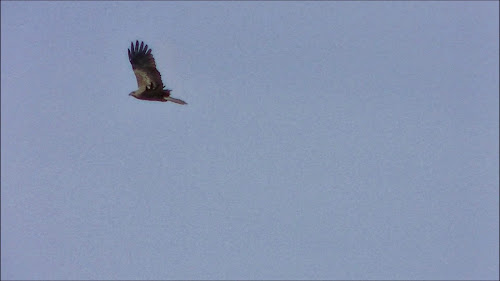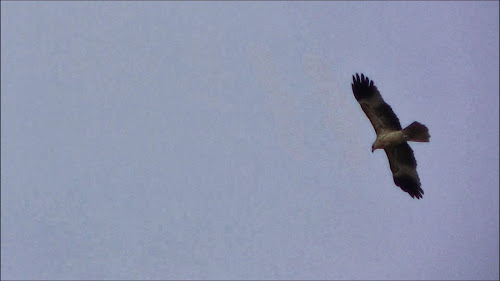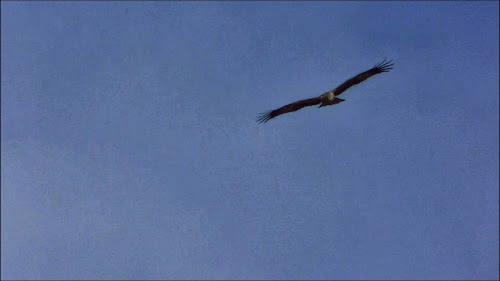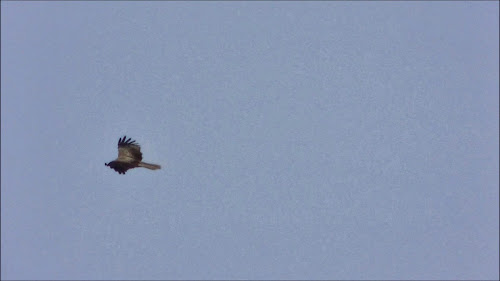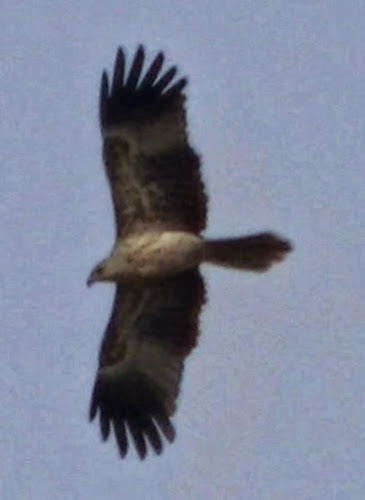Sometimes I just want to
It is hard to be enthusiastic about photographing and filming birds in this town when there is so much destruction happening here. You don't really see it happening every day but over time you do. It is what people don't do that makes me wonder if people here care about anything other than themselves.
The real problem in Tenterfield is a lot of trees and bushes are removed every year but it doesn't look like the plants are being replaced by new ones. Tenterfield is becoming drier and hotter as a result. The birdlife just can't adapt to what humans do to plants so they are forced to move out of the area.
Birds are incapable of becoming residents as they have very little plants to nest, roost or feed from and that's within an area of 24 squared kilometres. What little plants are available here are only good for a small number of birds. Less than 40% of those plants are perfect for small nesting birds.
Now the strange thing is any bird species that is in the area and is looking for a mate usually finds a mate nearby. There seems to be no problems with young birds finding mates. The territories of birds seems not to be a problem either. There's a lot of bush surrounding Tenterfield and most of it is nothing but trees. Nesting sites seem to be a problem with some species but generally birds adapt and breed anyway with what vegetation is available.
Protection from storms, especially hail, is definitely a problem here for birds. One hail storm producing up to 7cm hailstones can kill hundreds of small birds in just 20 minutes. With all the open space and people mowing vast amounts of grass you'd think they'd plant a few trees and bushes so they have less to mow. But no... people just continue to mow their paddocks and grass to keep it neat and tidy. All that people care about in this town is the visual appeal of mowed grass!!!
If people do buy native plants to put in their garden they don't, generally, seem to realize that it takes new native seedlings up to 7 years to produce their first lot of flowers. Generally 7 years is the standard amount of time one has to wait. That is a long time for a bird to wait for a native plant to flower. The bird could be dead by then.
The main thing I'm whinging about is if the observed information I provide about all these species is of any benefit to anyone out there? With some species I can provide an unending source of information as those species are residents. The majority of species listed on this site are species that either live here temporarily or are just passing through. Any information gained about these particular species is just an added bonus. In Tenterfield the birds have it tougher than normal. Any given moment a human can come along and uproot their food supply, destroy a bush or tree with a bird's nest in it with no consideration at all for the birds, or cut down a tree that was producing shade. Any human activity is a big threat to the bird life in this town yet no-one cares less or does anything to protect what little habitat there is left in the area.
